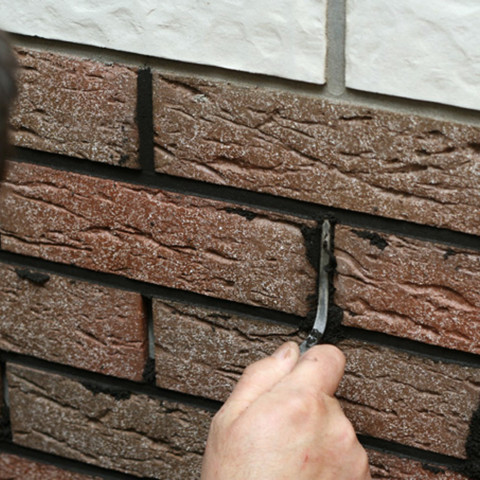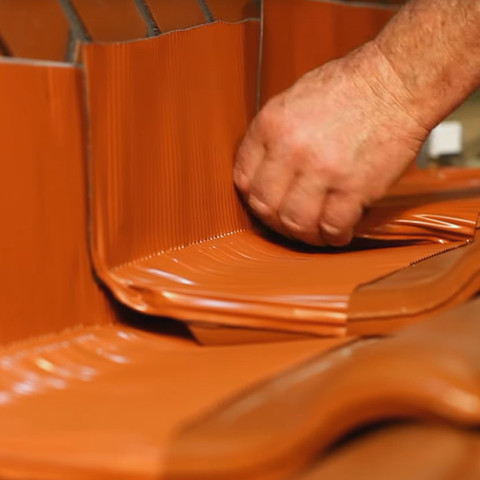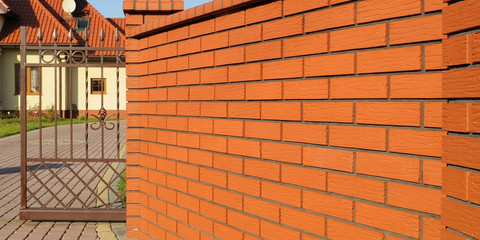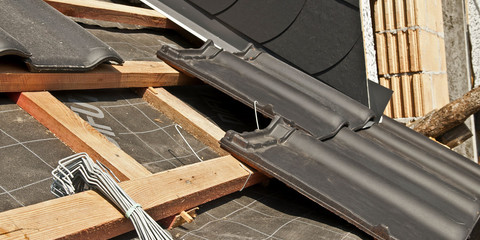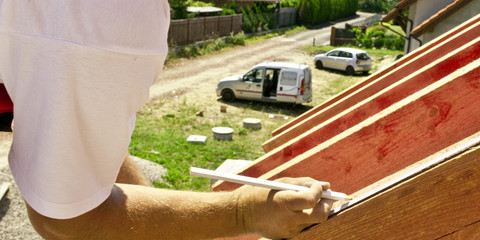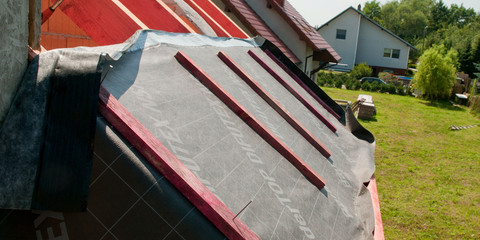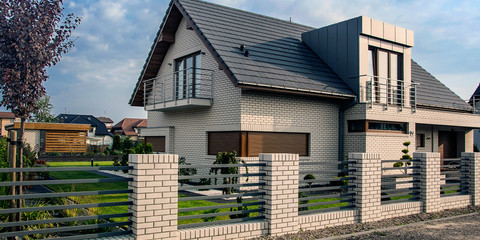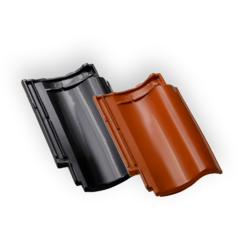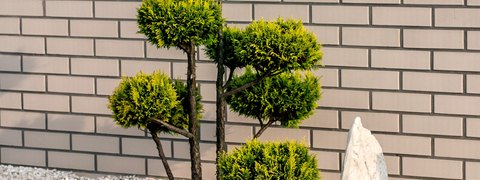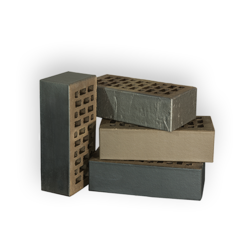Clamping of roof tiles is an important element of the roof
To enjoy a tight and safe roof for many years, you need to protect it from moisture and the influence of strong wind.
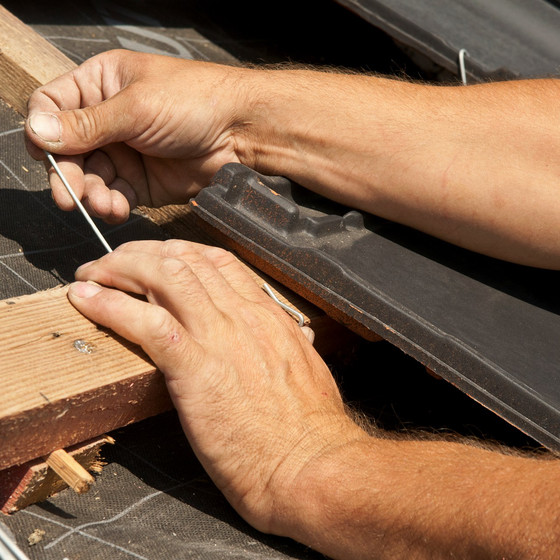
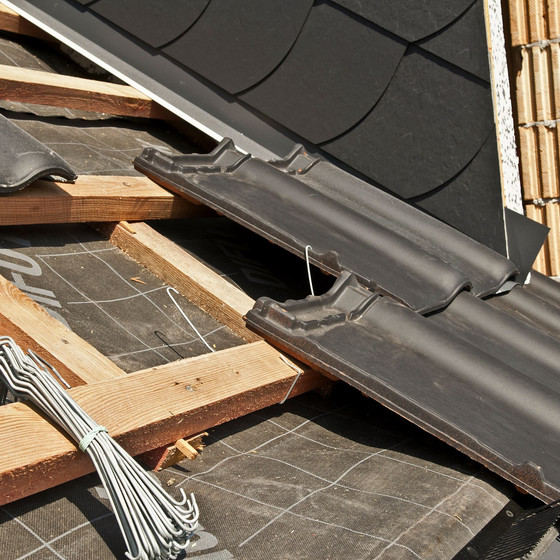

In addition to the use of foil, moisture protection involves tight brick arrangement – if there are no gaps between the tiles and the roof surface is inclined at the right angle, the water flows down as a result of gravity and does not get under the tiles. Proper laying and mounting of tiles is also the basis for protection against wind. Röben ceramic roof tiles are called interlocking roof tiles, which means that they stay on the roof under the weight of successive overlapping rows and thanks to locks. The locks are located on the side and at the top of the ceramic element – each next tile must therefore be "interlocked" into the next one. Contrary to some opinions, you do not have to drill or nail them. The basic roof tiles hold on owing to their overlap fasteners and clamping, which involves pinning them to the battens using special clamps.
Each roof has its critical places that require clamping of all the tiles or securing them with screws. The roof edge is an example of a place that requires more attention. We join all extreme roof tiles using clamps or fasten them directly to the battens using e.g. screws. Ridges need even more stable mounting, which is why we install them using the attached clamp and screw them to the ridge rail. In addition to the accessories used to finish the ridge and eaves, ventilation tiles and air vents are also mounted. All roof tiles around the chimney and roof windows should be clamped as well. The roof prepared in such a way will survive the most adverse weather conditions, even heavy downpours or gusty wind.
